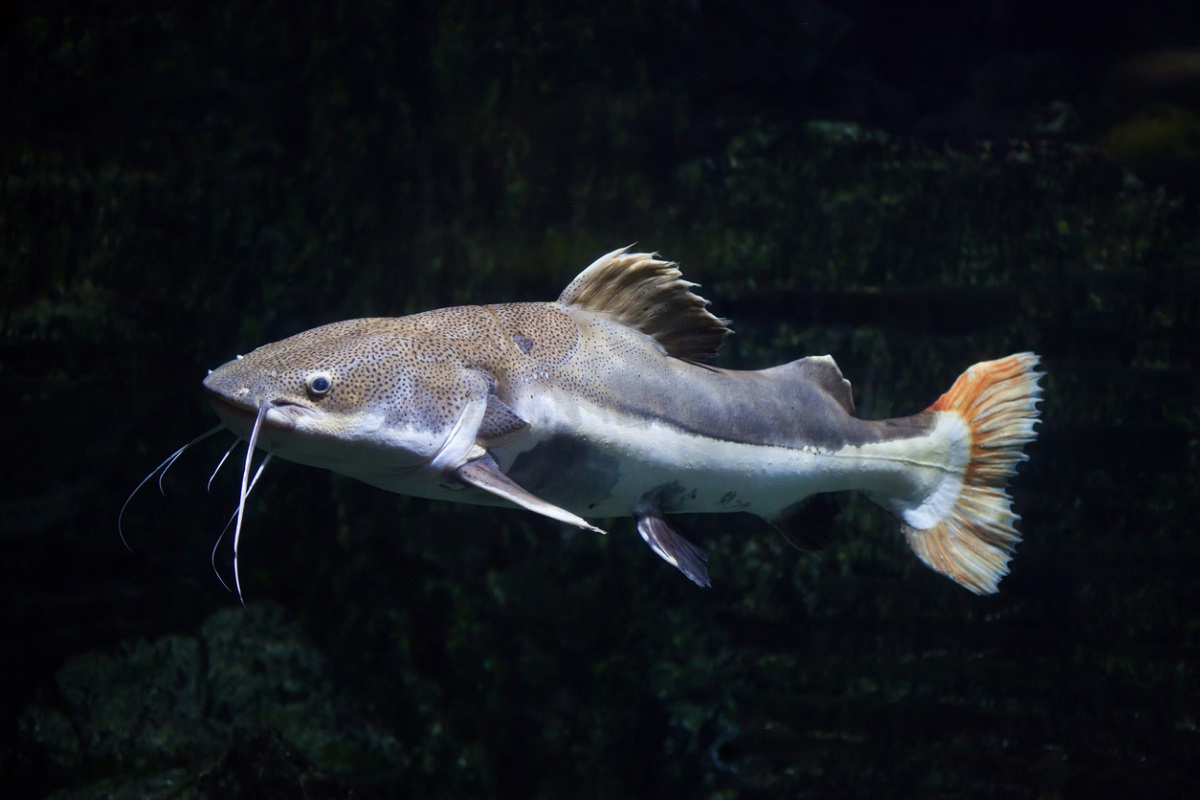
CRISPR Catfish Exhibits Disease-resistance and Reproductive Confinement Traits
January 18, 2023| |
A team of scientists from the United States and the Philippines used CRISPR-Cas9 to establish a sterile catfish line with enhanced disease resistance to fish pathogens while lowering the potential environmental risks of introgression if escape happens. This development improves not only the consumer-valued traits of the fish, but also guards against genetic contamination.
Using CRISPR-Cas9, the scientists successfully integrated the cathelicidine gene from an alligator into the target luteinizing hormone (LH) locus of the channel catfish. It was accomplished using two delivery systems assisted by double stranded DNA (dsDNA) and single stranded oligodeoxynucleotides (ssODNs), respectively. Adopting the dsDNA as donor template resulted to a efficient on-target knock-in, while the ssODN strategy resulted in high knock-in yet low on-target efficiency. Overall, the scientists were able to replace the LH gene with an alligator cathelicidine transgene. This was followed by hormone therapy to gain complete reproductive control of the disease-resistant transgenic catfish.
The scientists were able to prove that overexpressing a disease-resistant peptide inserted at a reproduction-related gene using CRISPR-Cas9 in catfish is an effective technique of decreasing bacterial disease problems in catfish while also reducing environmental risks. This combination is considered a breakthrough in aquaculture. However, it was emphasized that CRISPR-Cas9 is not a replacement for existing fish breeding techniques but a tool to aid them.
Read the pre-printed publication in bioRxiv for more information.
| |
You might also like:
- Japan's Three Genome-Edited Food Products Reach Consumers
- The Status of Gene Editing Regulations in Fish Aquaculture
- Scientists Reveal Novel Genes Affecting Sex Determination in Yellow Catfish
Biotech Updates is a weekly newsletter of ISAAA, a not-for-profit organization. It is distributed for free to over 22,000 subscribers worldwide to inform them about the key developments in biosciences, especially in biotechnology. Your support will help us in our mission to feed the world with knowledge. You can help by donating as little as $10.
-
See more articles:
-
Gene Editing Supplement (January 18, 2023)
-
Research and Tools
- CRISPR Template Successfully Creates Herbicide-tolerance Trait for Basmati Rice
- Experts Develop CRISPR-Cas9-based Cytosine Base Editors for Phytopathogenic Bacteria
- Researchers Discover a New Type of CRISPR Gene Scissors
- CRISPR Speeds Up Poplar Flowering Time from Decade to Months
- CRISPR Catfish Exhibits Disease-resistance and Reproductive Confinement Traits
-
Policy Considerations and Approvals
- Brazil and Colombia Approve First Drought Tolerant Gene-Edited Soybeans
-
Read the latest: - Biotech Updates (May 2, 2024)
- Gene Editing Supplement (April 24, 2024)
- Gene Drive Supplement (February 22, 2023)
-
Subscribe to BU: - Share
- Tweet

